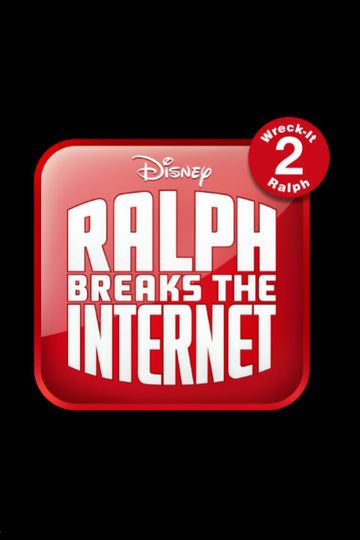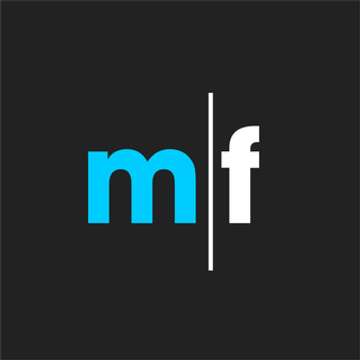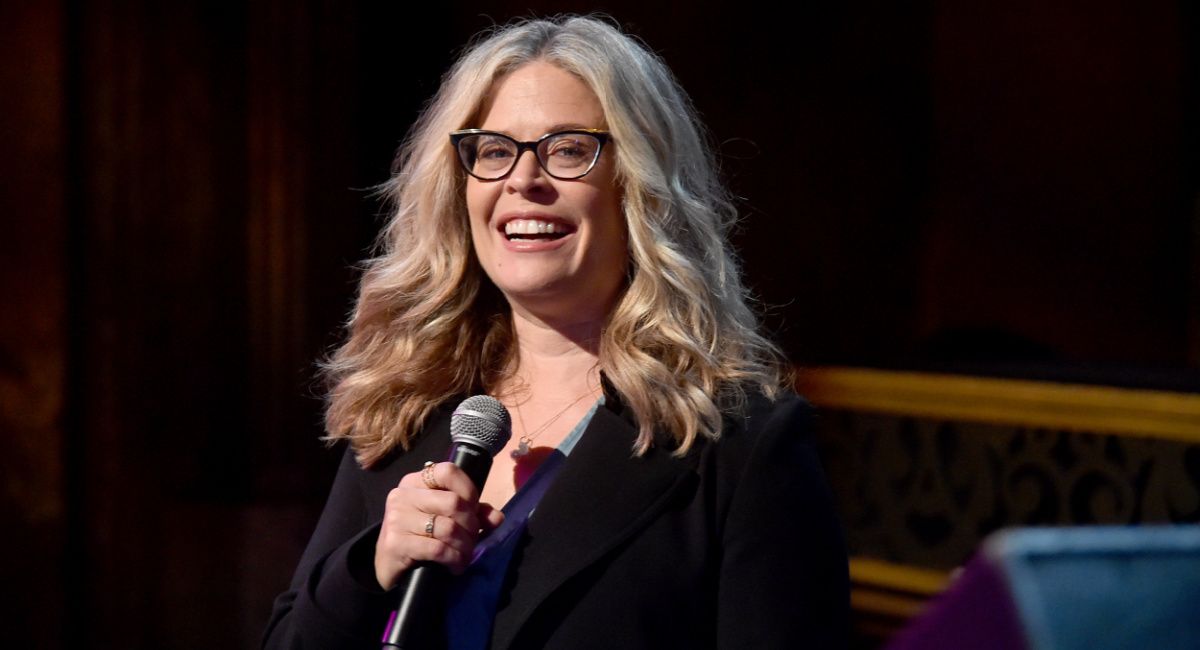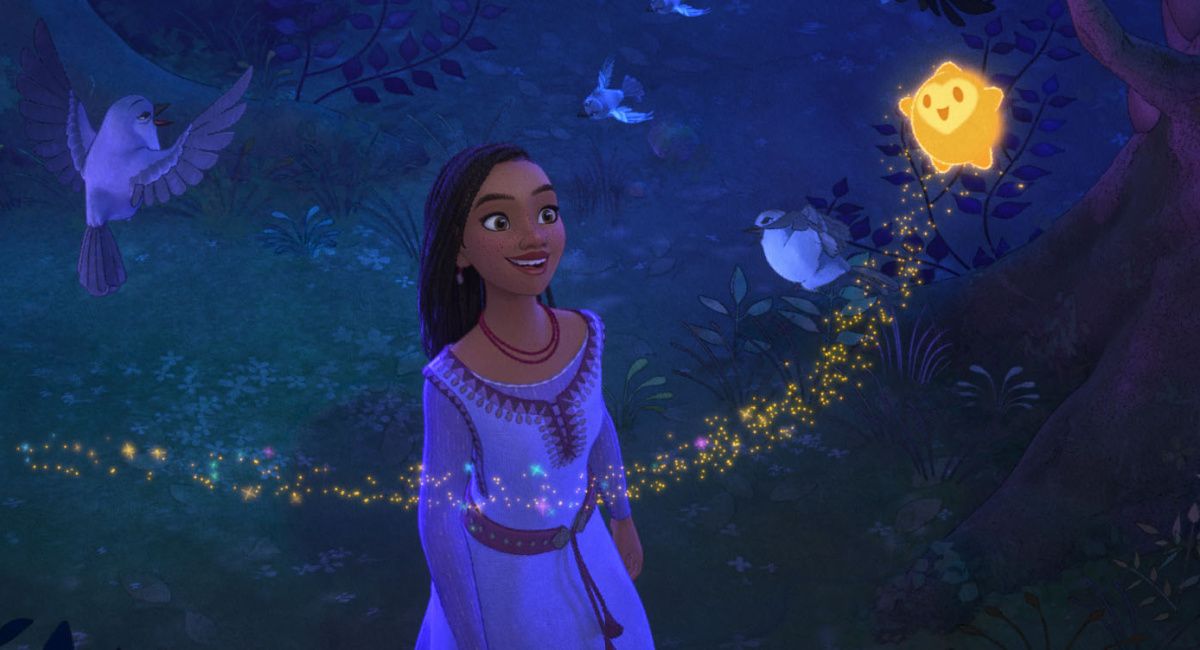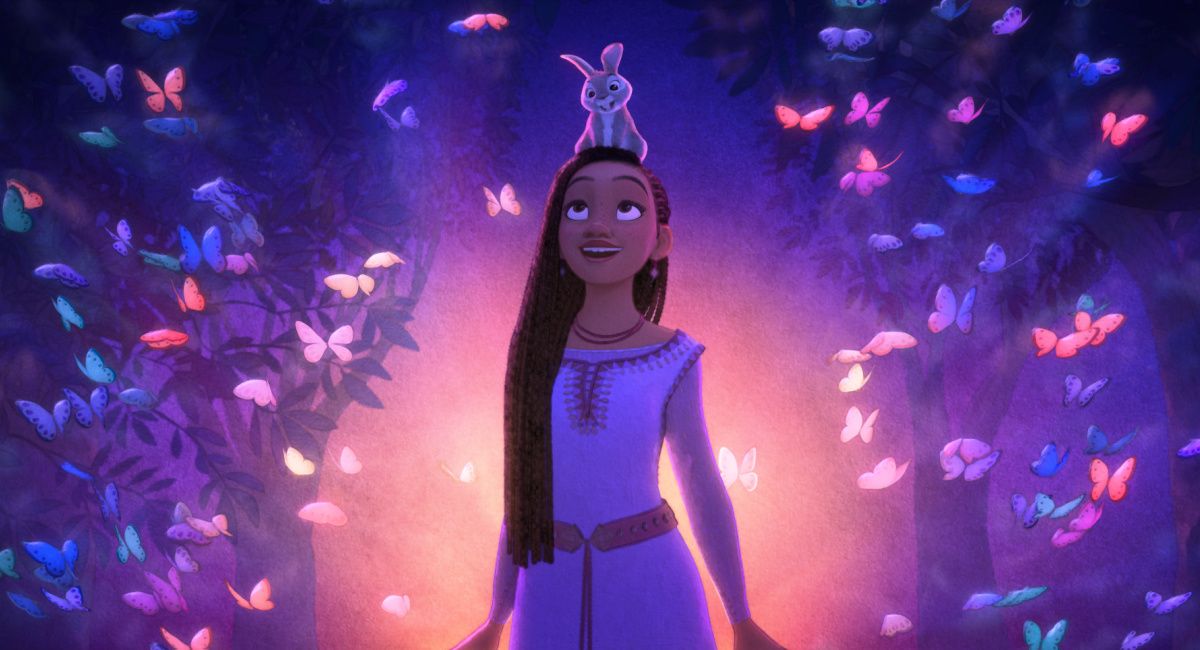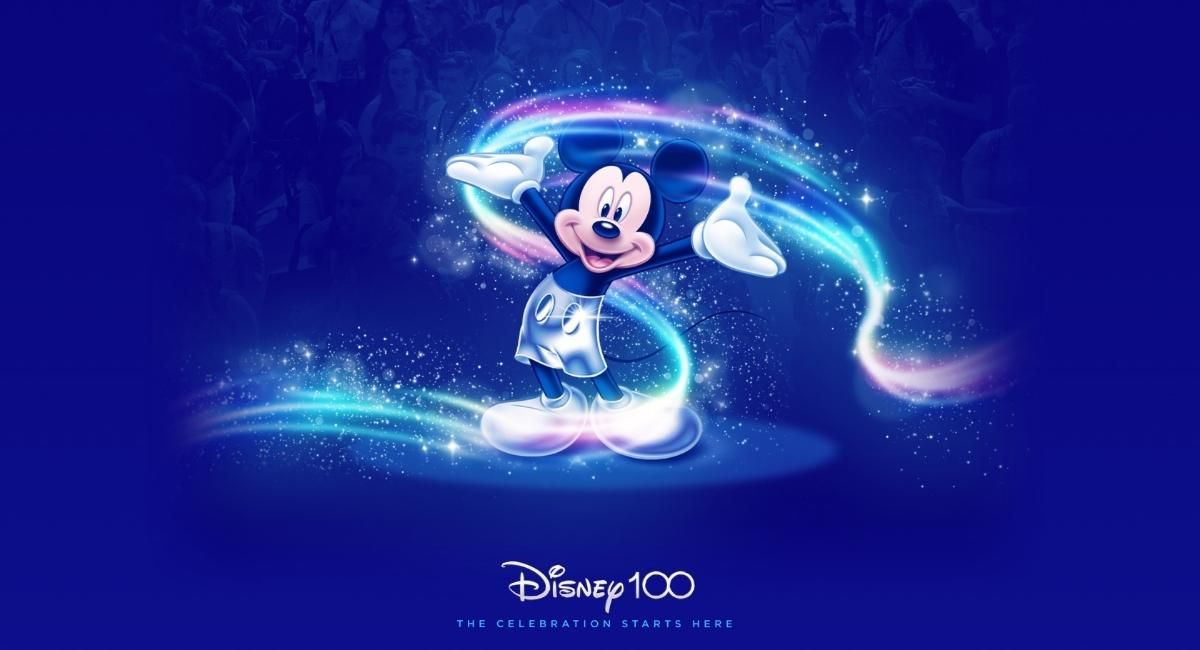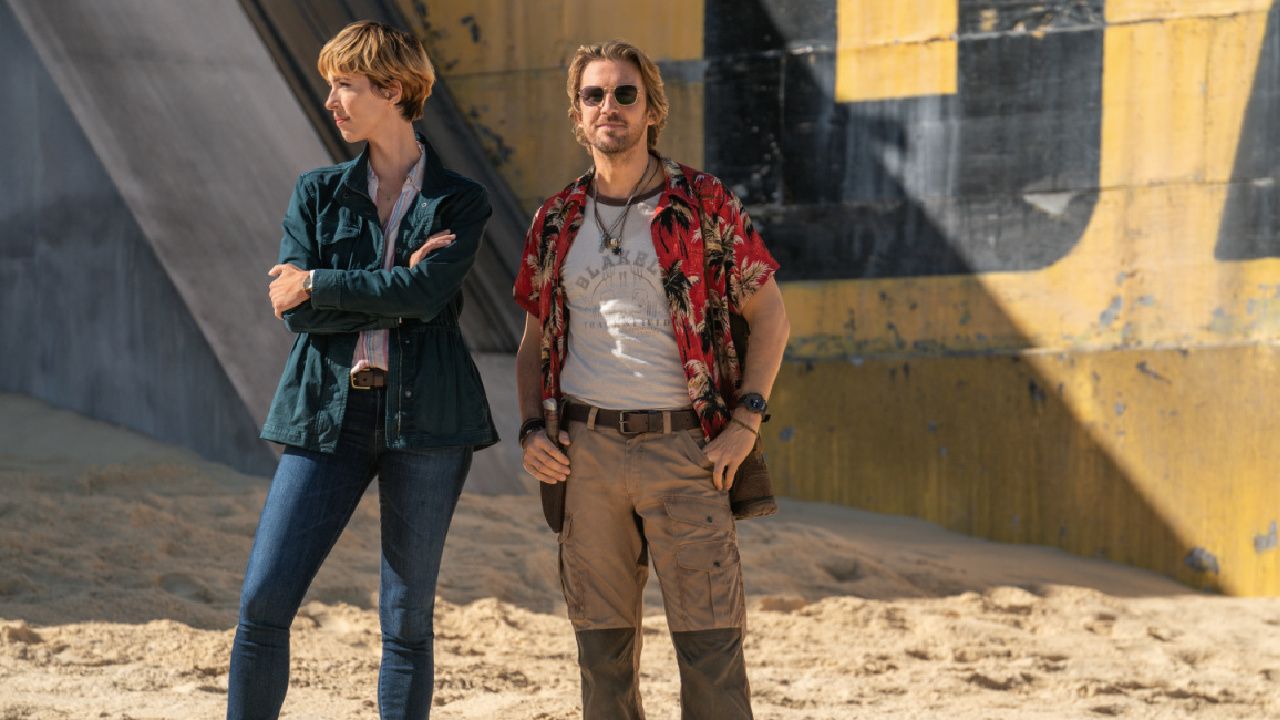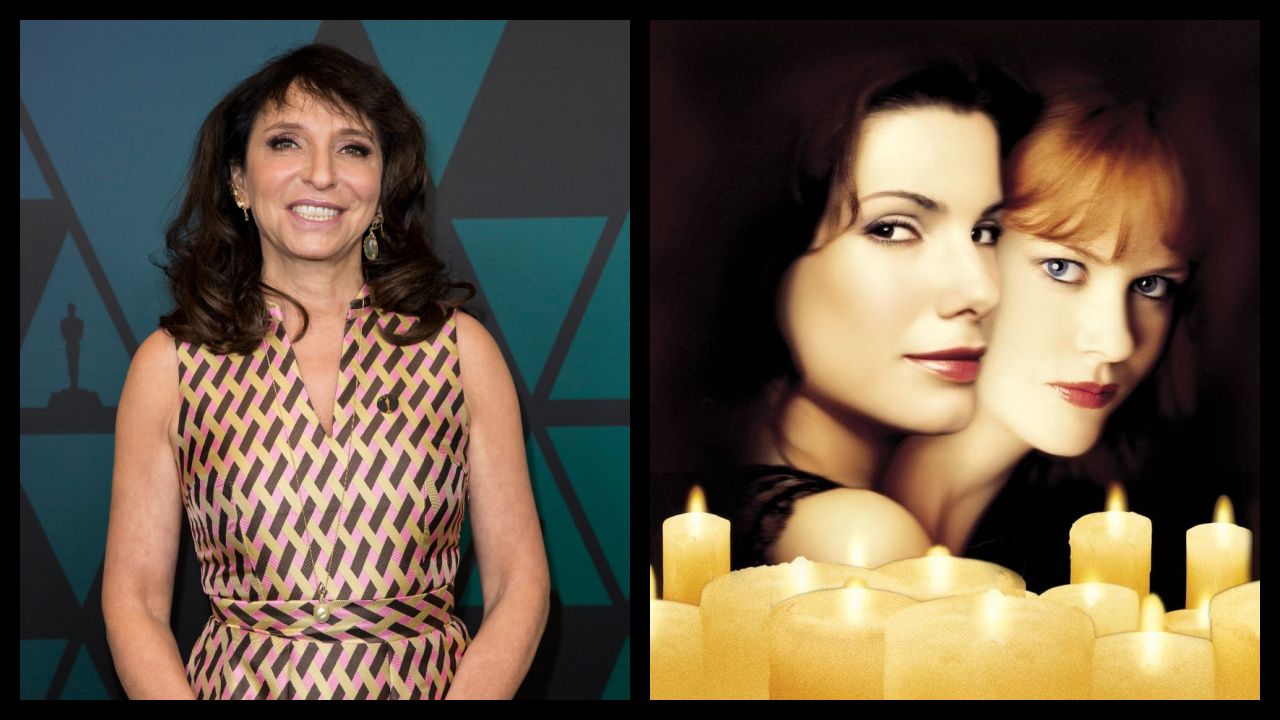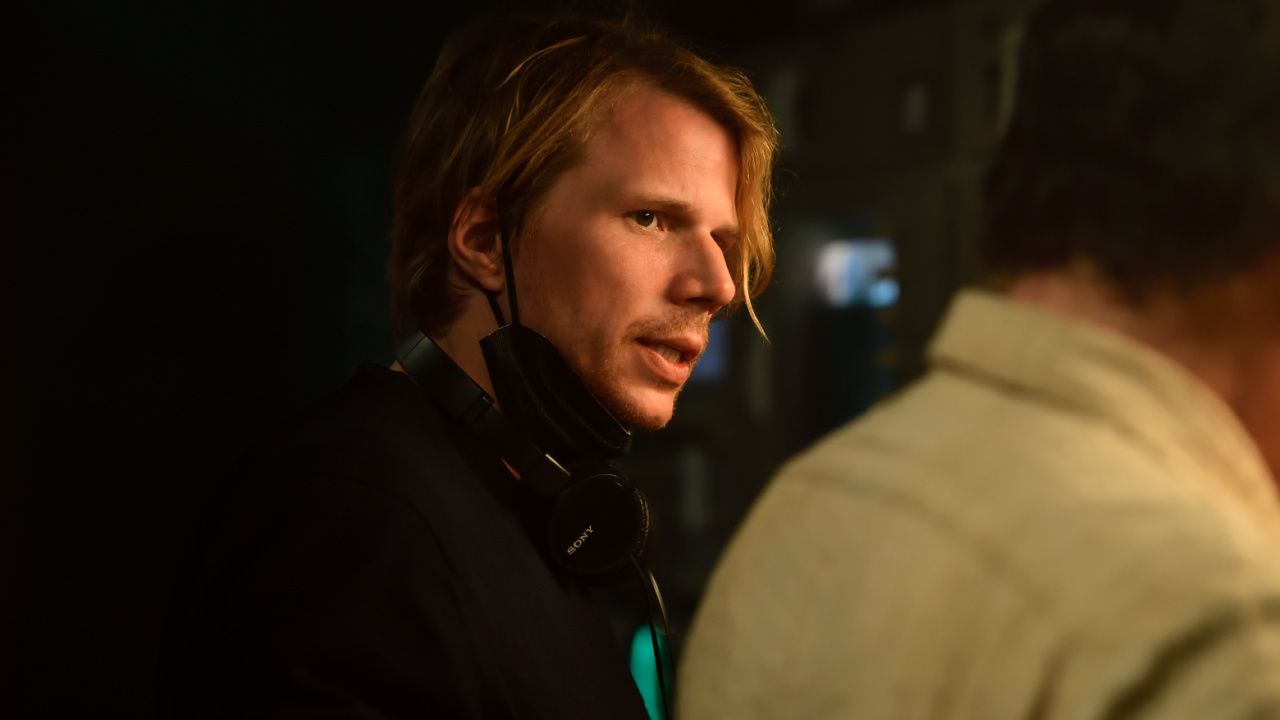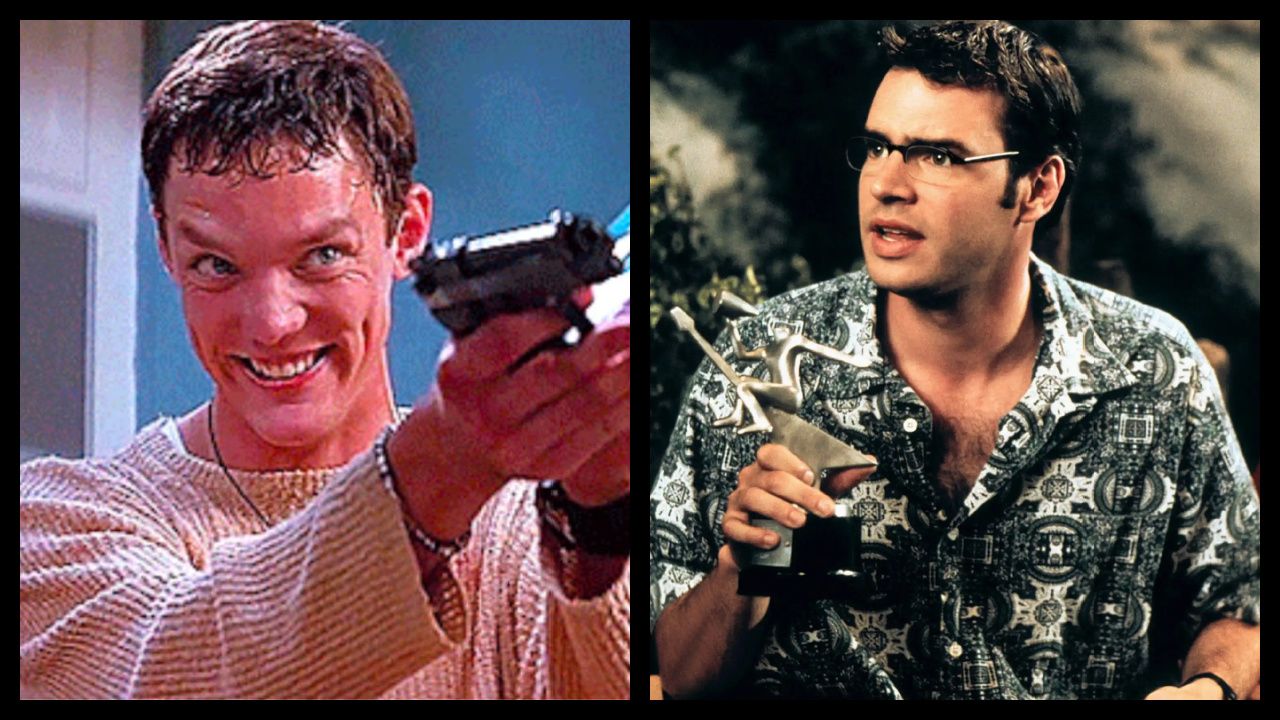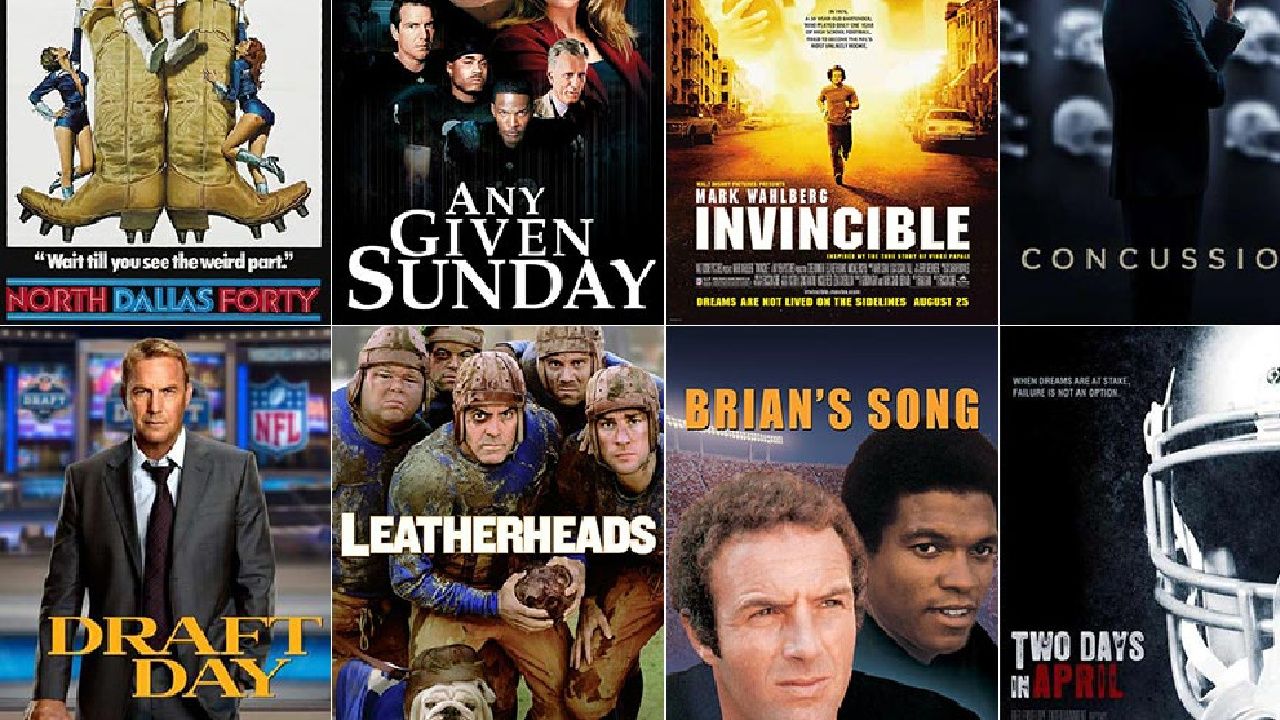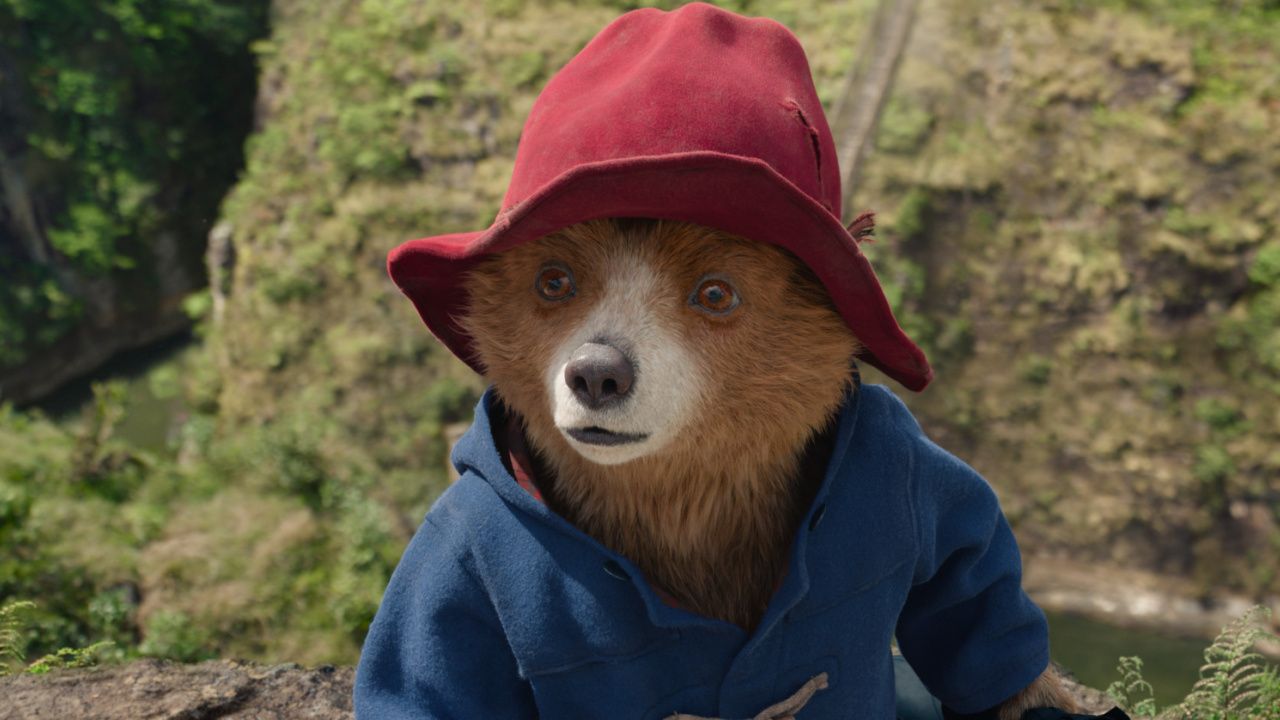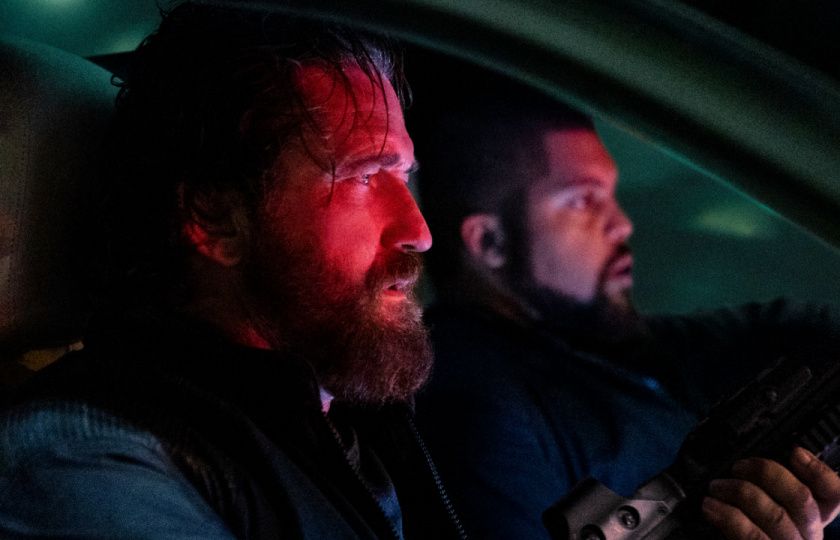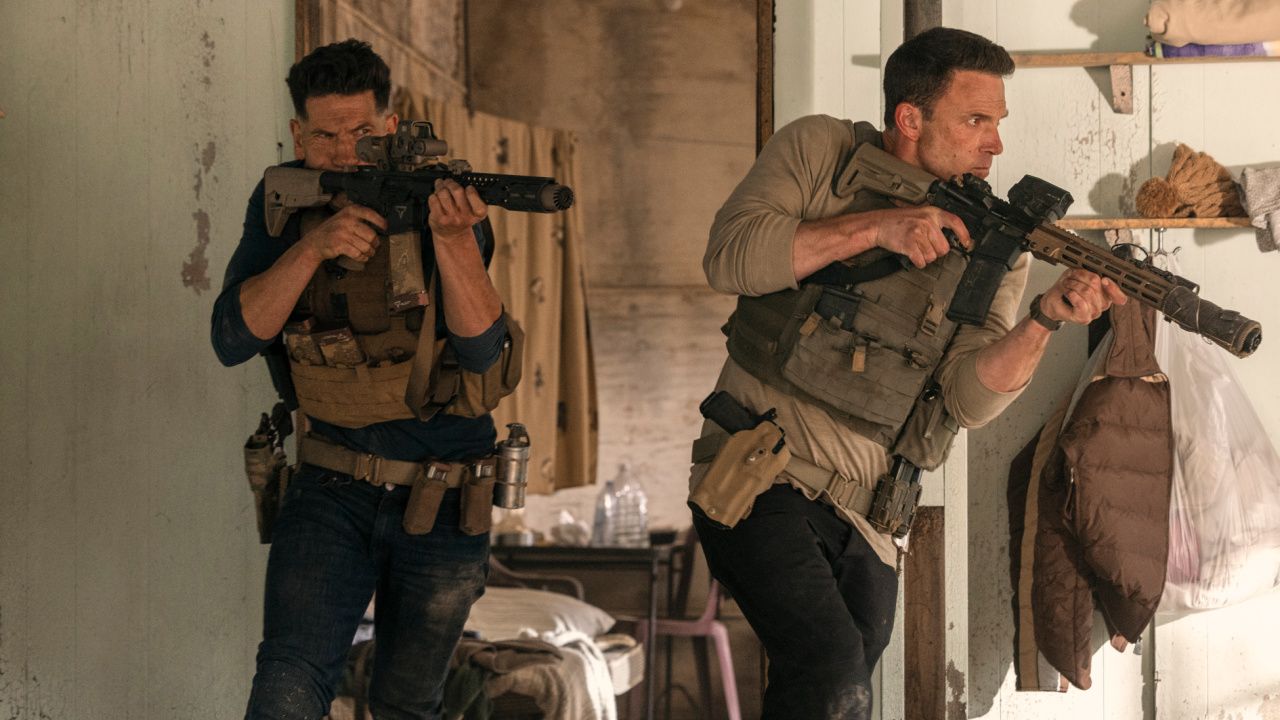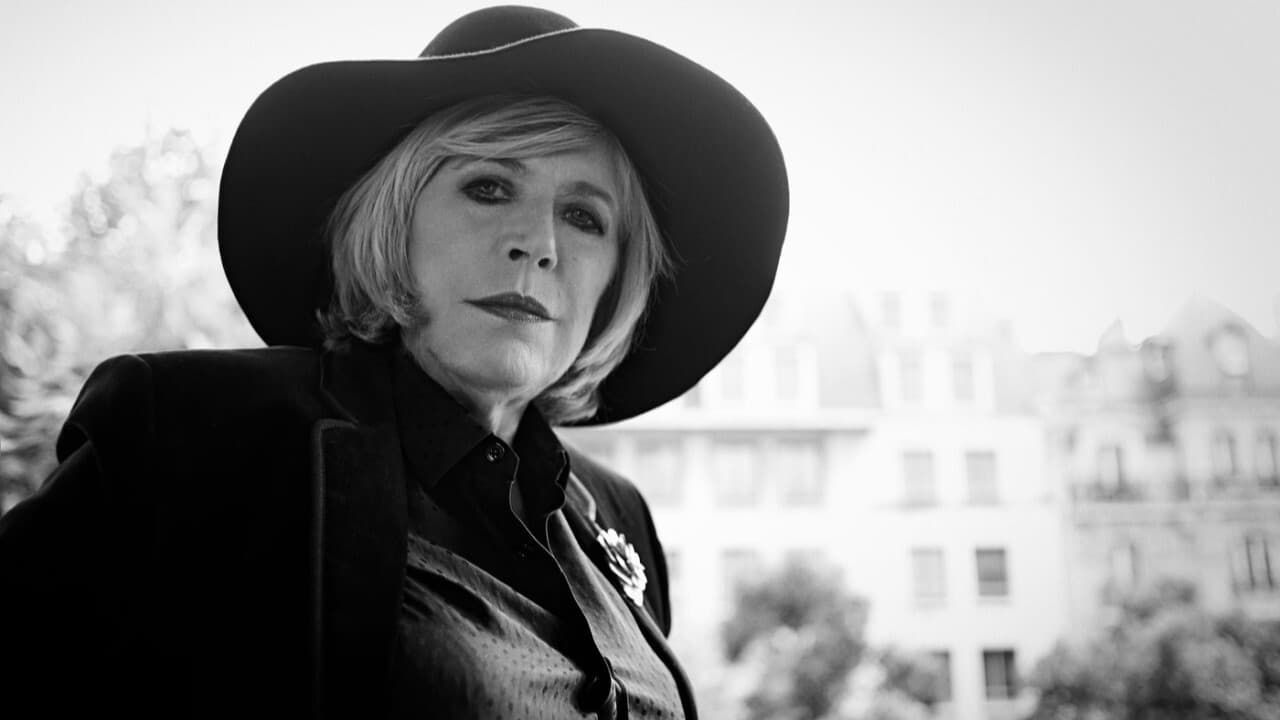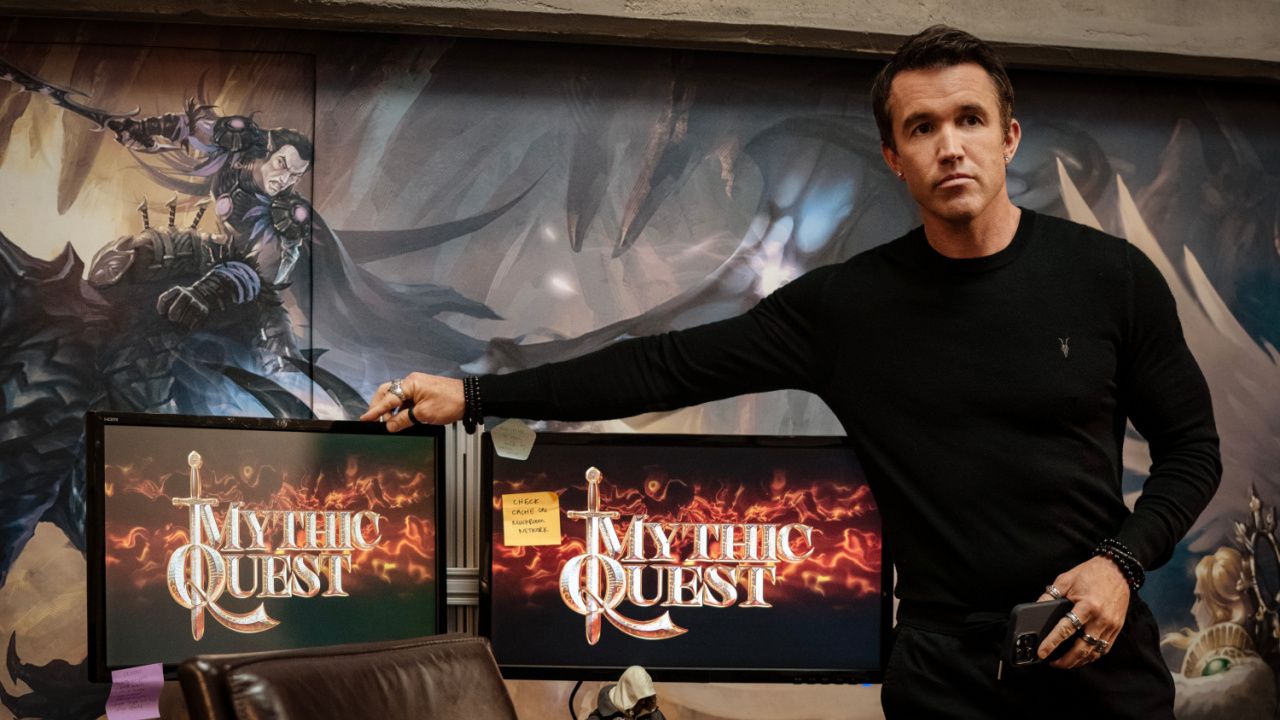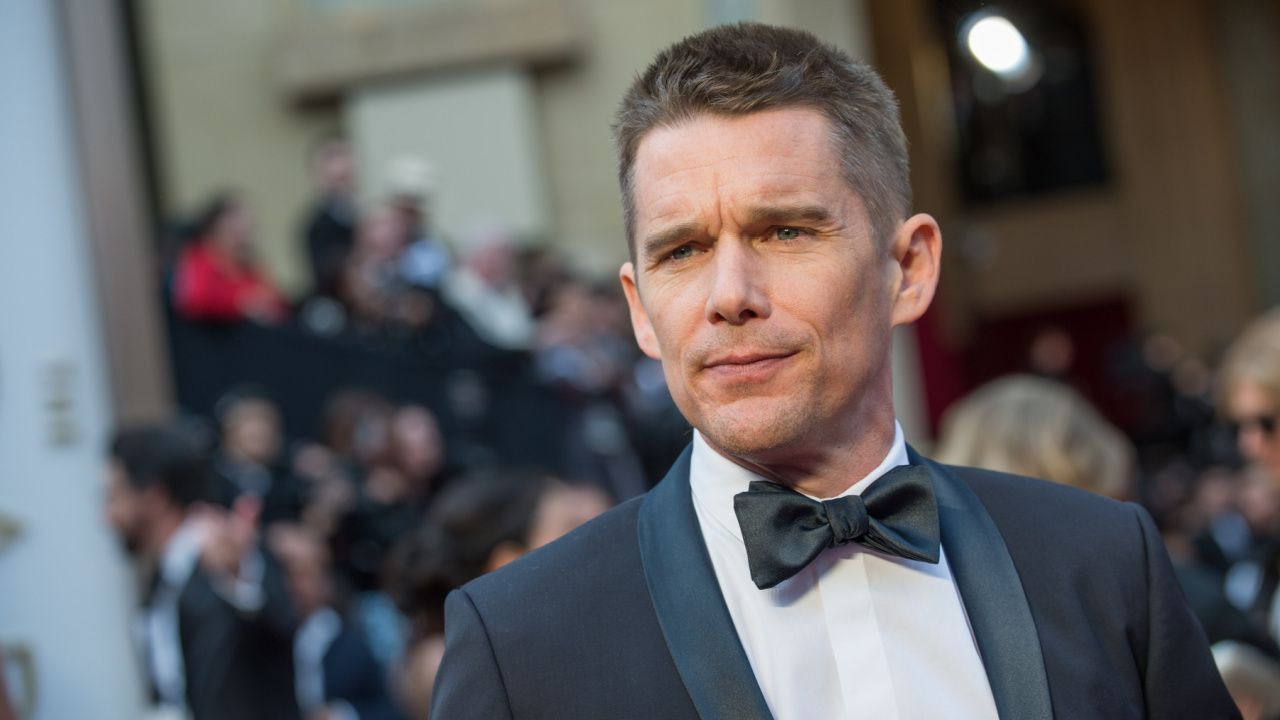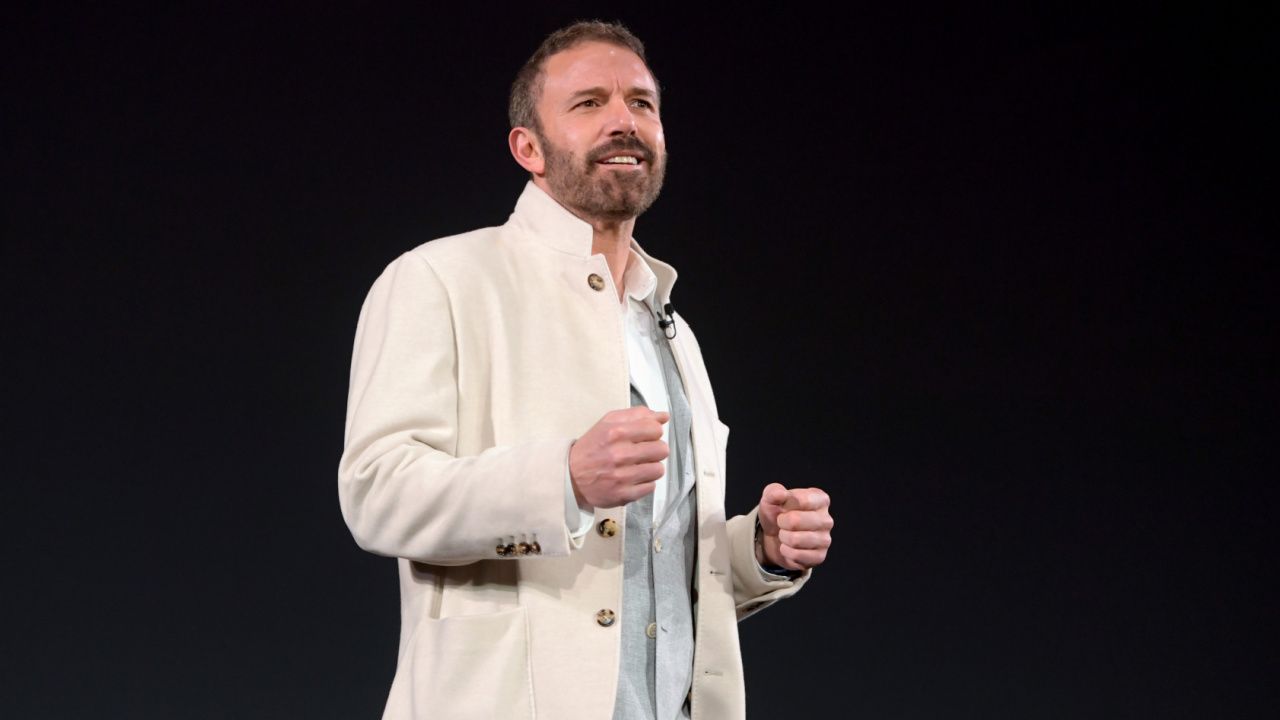7 Things You Never Knew About Disney's 'Frozen'
In "Ralph Breaks the Internet," after Elsa's transformation from snowy ice queen to comfy couch potato, she wears a T-shirt that says, "Just let it go." If only.
Since its release five years ago this week, Disney's animated bauble "Frozen" has proven itself to be a juggernaut, taking hold of the cultural zeitgeist like no animated feature since the early 1990s. (It also made lots and lots of money.) But while the movie seems to be everywhere these days, there are probably things you don't know about the shimmery wonder that is "Frozen." It might sound impossible, but it's true.
1. Walt Originally Wanted to Make It, 70 Years Before Its Release
Following the end of World War II, during which the studio had been occupied by American military forces and a drought in overseas distribution led to the creation of cheaper, less creatively viable "package films," Walt Disney wanted to do something ambitious. As early as 1937, he had wanted to turn Hans Christian Andersen's story "The Snow Queen" into an animated feature; it never came together.
But after the war, he started looking into a different approach. According to Neal Gabler's biography, one of the postwar projects was "a biography of Hans Christian Andersen with animated sequence that he had been discussing as a joint production with producer Samuel Goldwyn throughout the war." The idea was that a live-action biopic would be threaded with animated sequences created by Walt Disney at his studio (another sequence was planned for "The Little Mermaid"). In 1952, Goldwyn released "Hans Christian Andersen," a musical biopic that starred Danny Kaye. It was nominated for six Academy Awards. Walt put "The Snow Queen" and "The Little Mermaid" back on the shelf. Thankfully, they didn't stay there forever.
2. The Idea Was Revisited During the Disney Renaissance
The idea for "The Snow Queen" was too good for Disney to just abandon. In the early 1970s, Disney Imagineer Marc Davis pitched the Enchanted Snow Palace, an elaborate dark ride that would have sat where the Fantasyland Theater currently resides in Disneyland. Described by Disney historian Jim Hill as an "elegant, air-conditioned, Audio-Animatronic-filled extravaganza," the attraction would have culminated with an encounter with the Snow Queen, this time envisioned looking like of the the showgirls from Ziegfield Follies. "This was a ride that Marc had designed for the hot summer days," is how his widow Alice Davis described the attraction on the "Frozen" home video release.
The studio eventually returned to the idea of a full-fledged animated "Snow Queen" movie from the late-1980s up until the early 2000's, during the so-called Disney Renaissance, when the animation division of the studio was seeing unprecedented critical and commercial success. One of the touchstones of this period was "The Little Mermaid," an idea that Walt had batted around in regards to the Andersen biopic, and had now blossomed into a full-fledged phenomenon.
When Harvey Fierstein was working on "Mulan," he pitched a version that Disney passed on, and they likewise shrugged at proposals concocted by the great Glen Keane, French animators Paul and Gaetan Brizzi (who around the same time sold their animation studio to Disney, ultimately serving as a Parisian satellite studio), Dick Zondag, and Dave Goetz (who most recently served as production designer for "Zootopia"). None of these versions took hold. But good ideas don't go away, especially at Disney.
3. It Was Almost a Pixar Movie …
As James B. Stewart reports in his indispensable book "Disney War," in 2003, then-head of Disney Michael Eisner was taking a meeting about the studio's upcoming slate. In 2007, a feature based on "The Snow Queen" had been penciled in. Eisner was skeptical of the project, and wistfully thought about transferring the production. "John Lasseter. If we make a new deal with Pixar …" Eisner began. If a new deal could be reached with Pixar, then the project would then go to the Emeryville, California-based studio. "I said to John, you can have 'Snow Queen.' He loved it. John said, 'I want to do a princess movie,'" Eisner continued. Mary Jane Ruggels, a creative vice president at the company, was at the meeting and pitched the core concept to Eisner: "The Snow Queen is a terrible bitch, when her suitors try to melt her heart, she freezes them." She promises Eisner a treatment in two weeks, but when he asks if it can be ready by 2006, he is told "absolutely not" by producer Pam Coats.
At the end of the meeting, after they've discussed eventual projects like "The Princess and the Frog" and "Meet the Robinsons," alongside ultimately doomed features like "Fraidy Cat," "Hansel & Gretel" ("with a twist: the kids are obnoxious, the witch likable") and "Aida," Eisner remarks, "I love Snow Queen." Looking back on this conversation, it's fascinating, because a new agreement with Pixar was never reached (Eisner's successor, Bob Iger, ended up buying the studio) and "The Snow Queen" continued to languish, although Pixar finally wound up with its princess movie with 2012's Oscar-winning "Brave."
4. … And An Original Stage Production
In March, 2006, Disney announced that Alan Menken, one of the musical architects of the Renaissance, was signed to a nonexclusive contract with the studio. Amongst his many projects was "The Snow Queen," a big, Broadway-style musical that was set to debut in the summer of 2007 at the Tokyo DisneySea resort, in the park's Broadway Music Theater. (You can still hear some of the unreleased songs if you search hard enough.) Several months after the announcement, however, the project was ultimately scrapped, with Menken teaming up with Mike Gabriel, a legendary Disney animator and the co-director of "Pocahontas," on yet another animated feature version of "The Snow Queen." But, again, this wasn't meant to be.
5. Even the Version That Was Announced Doesn't Sound Much Like the Final Movie
Formally announced in 2011, the project followed the lead of "Tangled," and was renamed "Frozen." At that point, it wasn't clear if the film would be traditionally animated (as "The Princess and the Frog" and "Winnie the Pooh" had been) or computer-generated. In June 2012, it was revealed that it would be a CG feature, that Kristen Bell would play Anna, Idina Menzel would play Elsa, and that Robert Lopez and Kristen Anderson-Lopez (alums from "Winnie the Pooh" and a "Finding Nemo" musical production at Disney's Animal Kingdom theme park) would be writing the original songs.
At this point, Chris Buck was the sole director, even though Jennifer Lee, who wound up being the screenwriter and co-director, had been quietly brought on board earlier that year after previous efforts to crack the story had "imploded." According to a Script Notes podcast with John August, the entire team "essentially started over and … we had 17 months." (While most agree that the script was pretty locked down by November, 2012, it still went through extensive changes, up until right before it was released.)
And looking back at that press release, you can sort of see the movie that they wound up with, if you squint hard enough: "In 'Frozen,' a prophecy traps a kingdom in eternal winter, so Anna (voice of Bell) must team up with Kristoff, a daring mountain man, on the grandest of journeys to find the Snow Queen (voice of Menzel) and put an end to the icy spell. Encountering Everest-like extremes, mystical creatures, and magic at every turn, Anna and Kristoff battle the elements in a race to save the kingdom from destruction." No Olaf, no Sven, and a larger emphasis on "mystical creatures and magic at every turn" (early versions had an actual yeti they encountered).
6. The Movie's Success Was Far From a Sure Thing
While the overwhelming success of "Frozen" now seems like a part of our everyday life, it was never a sure thing, especially given what a painful production it ultimately ended up being. And pretty much everyone was taken by surprise. I spoke to Josh Gad shortly after the movie opened and he recalls that he didn't think the movie was going to be a smash until he was invited to a screening that Lee, Buck, and John Lasseter had for the actors. He hadn't read the script, simply recited his lines from storyboards that the animators had provided him. Well, I'll let him tell it:
"So I'm sitting there and I'm watching this movie and I feel my eyes leaking and I literally find myself sitting there sobbing like I did, I guess, the first time I saw 'The Lion King.' I'm thinking to myself: Oh my god, I haven't felt this way watching a Disney film since I was a kid," Gad told me. "I grew up in the eighties and nineties when it was that run of 'The Little Mermaid,' 'Beauty & the Beast' and 'The Lion King,' so I was very spoiled in terms of what I was able to experience as an epic event at the movie theater. When the movie ended, I turned to John Lasseter, and I said, 'I haven't felt that way since 1994.' I thought to myself: Man, what a great feeling. I hope audiences can discover that too. And I guess they have. That's the best way to put it. Not only have they felt the same way I felt when I first saw the movie, but now their kids are discovering what it feels like to be a part of a Disney event that is a musical that harkens back to all of the princess movies that Walt Disney gave my grandparents that the company then gave my parents and me. To now be a part of the fourth or fifth generation to experience one of these great musicals… It's an amazing thing to be a part of that." Well said, Gad.
7. This Movie Was Unbelievably Huge
Again, "Frozen" has become such a steadfast part of the cultural landscape, it's hard to imagine a time without it. But consider this: "Frozen" is still the highest grossing animated feature of all time, on a global level. And it came out five years ago. What's more – it's still going. A 2015 Forbes report stated that in the fiscal 2014, its consumer products division posted "a healthy profit of $1.36 billion." Much of this was due to the sale of "Frozen" merchandise (and the accompanying, highly lucrative licensing that went along with it). Similar numbers are staggering: a sing-along version of the movie was released into America theaters on January 31, 2014, on 2,057 screens. It won two Academy Awards, including Best Animated Feature and Best Original Song ("Let It Go"). And when the movie finally hit home video, it sold 3.2 million units on its first day of release. It has since gone on to become the biggest-selling Blu-ray in the United States, with nearly 8 million units sold. In 2014, Elsa showed up on the list of 100 most-used baby names on BabyCenter, for the first time ever.
And in the years since, "Frozen" has only expanded its icy hold – it has showed up on Broadway, in countless Disney Parks attractions and shows (Frozen Ever After, the first full-fledged ride, is open at Epcot), in a Christmas special, in "Ralph Breaks the Internet" and on "Once Upon a Time." In the months ahead, we'll get announcements of even more attractions (Disneyland's Fantasyland will look very different very soon), plus the stage show will begin touring the United States. And, finally, on November 22nd, 2019, we will finally get a sequel. But, you know, expectations are muted.
